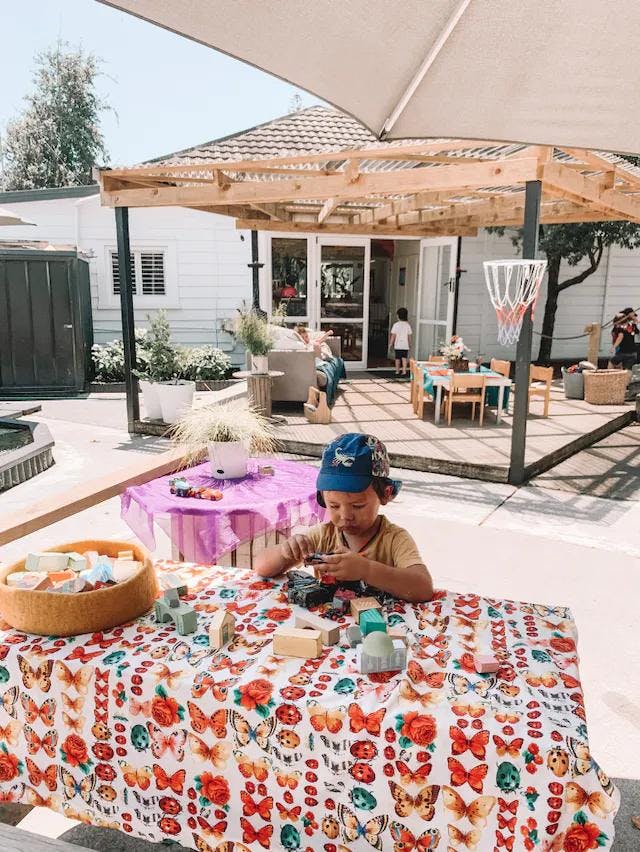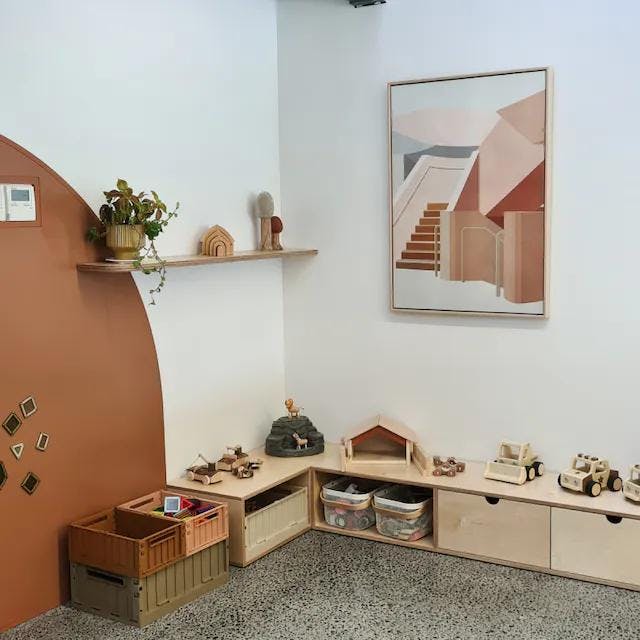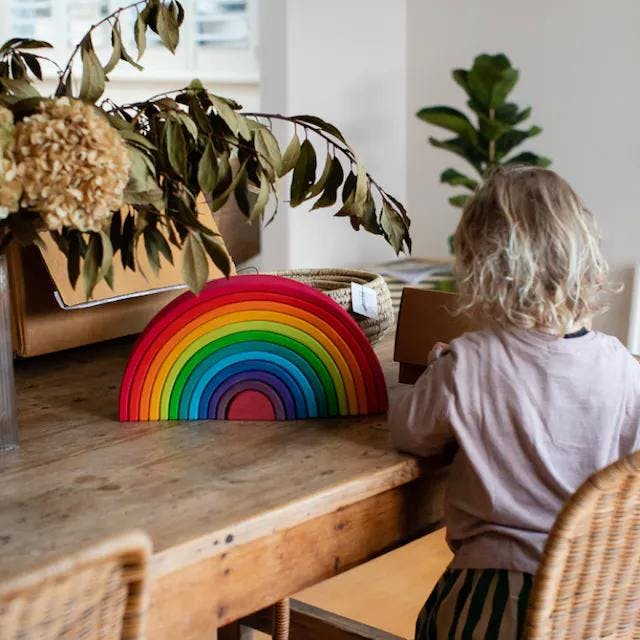Time to ditch the nappies? Navigating Toilet Training: Signs, Methods, and Childcare Support
Embarking on the toilet training journey with your little one? Discover how to recognise when your child is truly ready, explore various tried-and-tested training methods, and learn how to collaborate with your childcare provider to keep things consistent. Packed with expert insights and practical tips, this post aims to make the transition from nappies to underwear smoother and less daunting for both you and your child.
Jessie PetersOctober 15, 2023


Navigating Toilet Training: Signs, Methods, and Childcare Support
Toilet training is a significant milestone in a child's development. It's a transition from Nappies to underwear, from dependency to a small but meaningful kind of independence. However, this journey can be a challenging one, filled with setbacks, celebrations, and plenty of questions. One of the primary concerns parents often have is, "When is the right time?" followed by "How do I go about it?" and "Will my childcare assist in this process?" This article aims to address these questions.
1. Recognizing the Signs: Is My Child Ready?
Every child is unique, so there isn't a strict age at which all children are ready. Instead, look for these signs:
Physical signs: Your child has regular, soft, formed bowel movements at relatively predictable times, and doesn't poop in the night. Behavioral signs: Your child signals that they have a dirty diaper, takes interest in others' bathroom habits, or expresses a desire to wear "big-kid" underwear. Cognitive signs: They can follow simple instructions, understand words about the toilet process, and express when they're going. Motor skills: They can walk to and from the bathroom and help undress themselves.
2. Different Methods of Toilet Training
There are various methods, and what works for one child might not work for another. Here are a few popular methods:
Child-Oriented Approach: This method, suggested by Dr. T. Berry Brazelton, involves waiting until the child shows signs of readiness. It's a no-pressure, easy-going method that can be less stressful but may take longer.
The Three-Day Method: This intensive method requires you to dedicate three days entirely to potty training. The idea is to let your child roam around the house without diapers, so they recognize the sensation of needing to go.
Scheduled Training: This involves taking your child to the bathroom at scheduled times, such as after meals or before bedtime.
Combination Method: Some parents find success by combining various methods based on their child's personality and needs.
3. Will My Childcare Help with Toilet Training?
Most childcare centers recognize the importance of this developmental milestone and have policies in place to support it.
Consistency is Key: One of the benefits of childcare centers is that they typically have routines, which can be very beneficial for toilet training.
Open Communication: It's crucial to communicate with your childcare provider about where your child is in their toilet training journey. They can provide feedback, offer tips, and ensure there's consistency between home and childcare.
Plan for Accidents: Even when a child seems to be fully toilet trained, accidents can still happen, especially in a different environment. Pack extra clothing and understand the center's policy on handling accidents.
Conclusion
Toilet training is a journey, and while it can be messy and challenging, it's also an opportunity for your child to gain a sense of independence. Recognize the signs, choose a method that fits your child, and work closely with your childcare provider to ensure a smooth transition. Remember, every child is different, and what's most important is to provide support, patience, and encouragement along the way.


